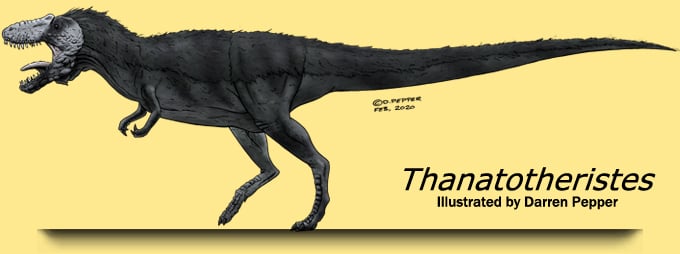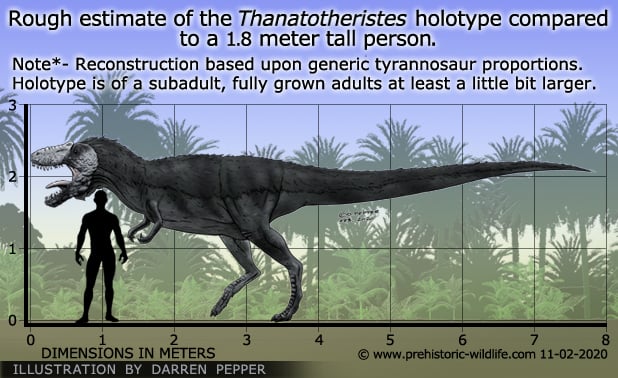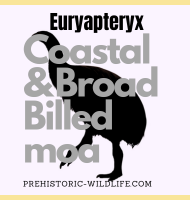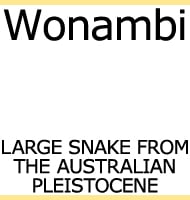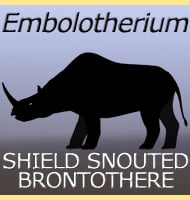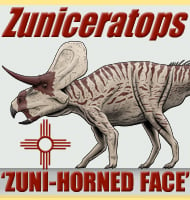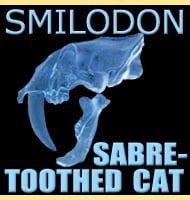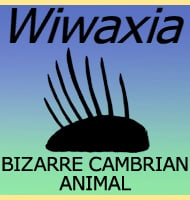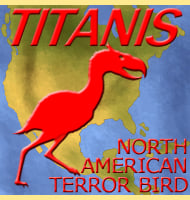In Depth
At the time of the genus description, Thanatotheristes is known only from very partially preserved skull and jaw bones. However, these bones show that Thanatotheristes was a large tyrannosaur, and one with a close similarity to Daspletosaurus. The discovery of Thanatotheristes has also added further evidence that the tyrannosaurs of Laramidia (the land mass of North America that was to the left of the Western Interior Seaway that once submerged the middle of North America) were divided into North and South populations, with distinct differences between them.
Possible prey animals for Thanatotheristes to hunt could include ceratopsian dinosaurs such as Xenoceratops, which are also known from the same fossil bearing formation as Thanatotheristes.
Further Reading
- A new tyrannosaurine (Theropoda:Tyrannosauridae) from the Campanian Foremost Formation of Alberta, Canada, provides insight into the evolution and biogeography of tyrannosaurids. - Cretaceous Research. - Jared T. Voris, Francois Therrien, Darla K. Zelenitzky & Caleb M. Brown - 2020.
